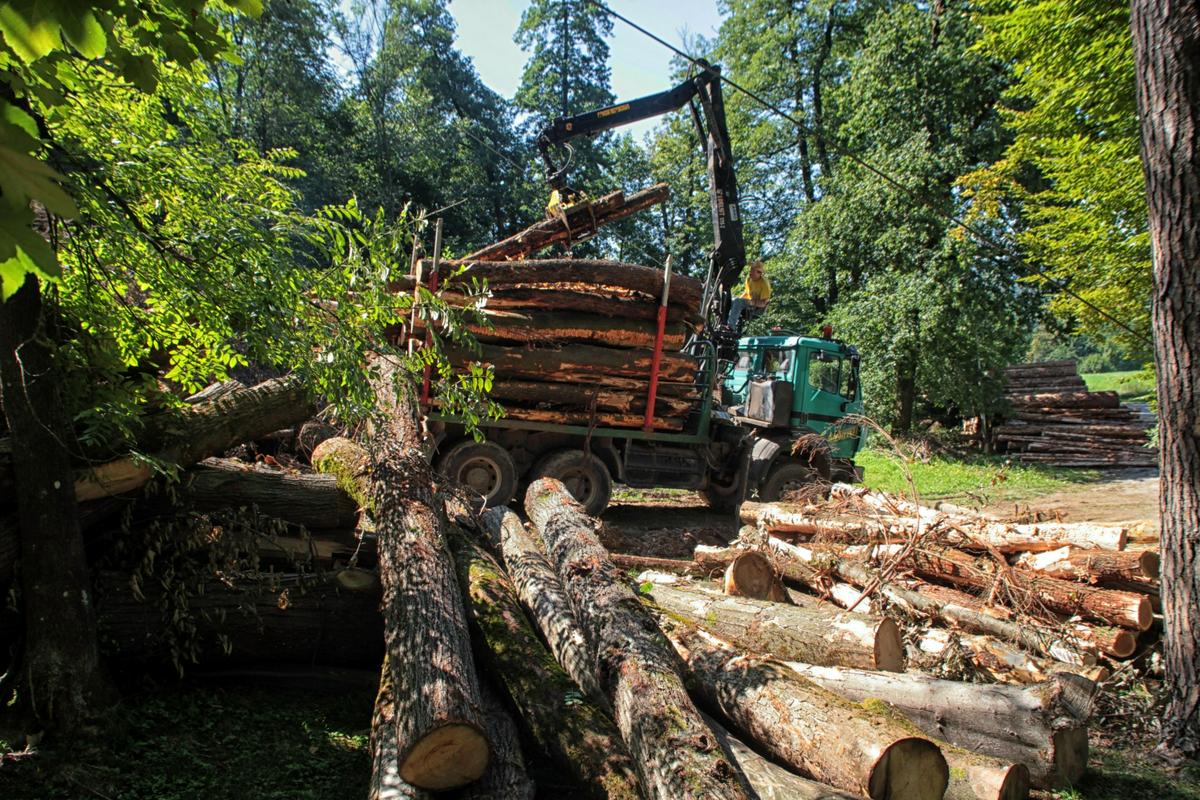
Every year, at the end of May, Forest Week connects all the institutions that take care of Slovenia’s forests. It also presents the importance of forests and forestry for the well-being of a whole society. This year’s Forest Week runs from the 28th of May until the 3rd of June. It is being marked by more than 80 events under the motto: Forest is Culture. This year, forest workers will also join the marking of the European year of cultural heritage, as the forestry heritage in Slovenia, where forests represent the biggest natural wealth, also has cultural value – the result of generations of carefully planned work in forests. As part of Forest Week, we talked to Andrej Breznikar from the Slovenian Forest Service, about the modern challenges in the forestry sector.
One disaster after another
The ice storm in 2014 damaged 9 million cubic metres of wood and represents the biggest catastrophe in the history of Slovenia’s forests. Due to the large number of damaged trees, which remained in the forests, what followed was a mass attack of bark beetles. Damaged wood is the ideal place for bark beetles to lay eggs, and the conditions that followed – a dry and hot summer – were ideal for their reproduction. Between the years 2014 and 2017, bark beetles caused to damage to another 6,5 million cubic metres of wood, explained Andrej Breznikar.
Just before the latest natural disaster, it did seem that things were turning around for the better: "In the autumn of 2017, the population of bark beetles started decreasing," explained Breznikar. But then, disaster hit again: "December’s windfall caused damage to around 2 million cubic metres of wood, which means the 20 percent of our forests are heavily damaged."

































































